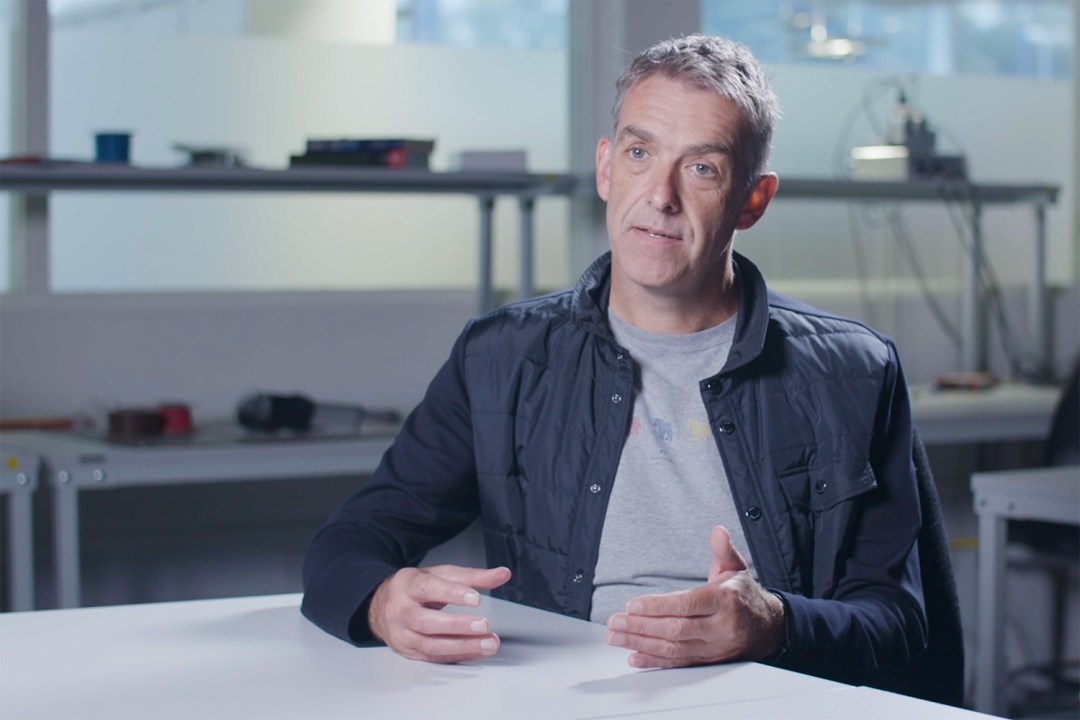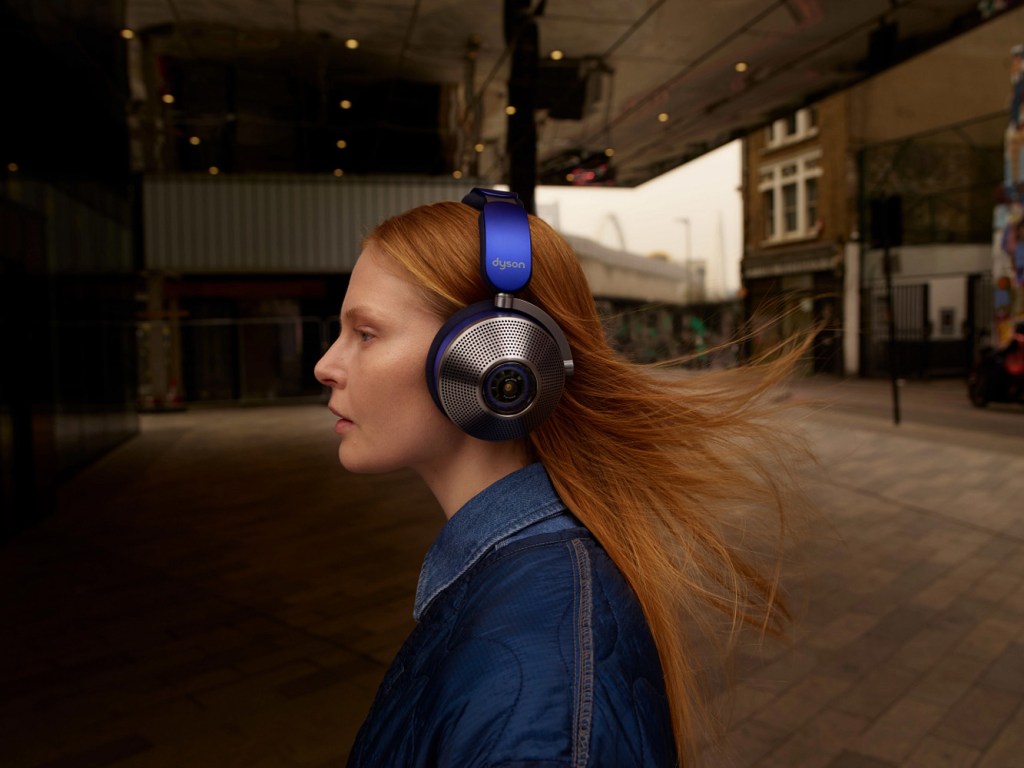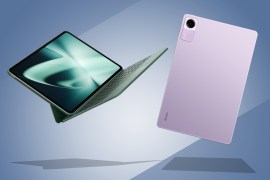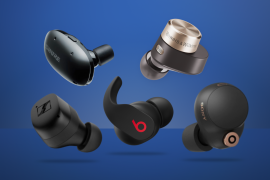Stuff meets… Alex Knox, Dyson’s design director to talk Dyson Zone
Dyson's design chief on the Zone wearable purifier, and the long road to innovation

The last time we tried the Dyson Zone before getting it in for our full Dyson Zone review, we also got the opportunity to speak to Dyson veteran Alex Knox over a coffee at the company’s main UK campus in Wiltshire. We spoke about the unique challenge in designing Dyson Zone as well as about the journey to developing a groundbreaking product.
The Dyson Zone started out because we’ve been developing purifiers, and so we’ve been understanding the problem of air pollution.
The purifier was solving that problem indoors, but then there’s the outdoor problem as well. You can get things you hang around your neck and they blow air up, but they don’t do anything – because by the time it gets to your nose and mouth, it’s so mixed you’re not really breathing any clean air. So you need this bubble right under your nose and mouth – and obviously, when you move your head around, the bubble needs to move with it. So logically the thing has to be on your head.
When you look at the pollution thresholds that you should be below, 99% of people in the world are exposed to higher levels. So it is a problem everywhere. The understanding of air pollution is very different [between the] Asian markets and the Western markets. In Europe, we talk about air quality [in terms of] good, fair, poor… you know, it’s those sorts of phrases. In China, you’ve got to pick numbers because they want to know how many micrograms per litre. So it’s a very different level of understanding of the problems of pollution and the actual pollutants as well. So there’s an education journey we typically go on, but I think we’re doing that with purifiers anyway. You can’t see it. You can’t necessarily taste it. You don’t see the damage it’s doing, but it is a very real problem. And these are the sort of products that can help.


We came up with the idea of integrating with headphones because it’s a format that people already wear.
Rather than us inventing a new contraption, it would be something that could be adopted more readily. Then we thought about the use cases – when you’re out and about, the exposure you have if you’re commuting on a train or bus or something. Those are the moments when you want to wear headphones. So it seemed like a nice marriage.

We’re not usually short of ideas for new things we can pursue.
As we develop products, we try a lot of stuff. You have successes and failures in that development process. The understanding of the problem and the technologies that you use to solve the problem are usually a great stimulus for ideas about what to do going forward.
The Zone opens up a new group of customers for us.
We’re not really interested in just doing the same stuff as everyone else. It’s very much driven by doing something that’s a bit innovative and a bit different. If we can come up with exciting ideas, the board will seize on that. I wouldn’t want to be narrowed down but I think probably the audiences are a younger demographic… probably not our typical Dyson customer.

It never felt like we weren’t going to make the Zone… but it was a tough process.
We made life quite difficult for ourselves. We’re trying to make a really good set of headphones and put a little tiny motor generating noise right next to the ear. That part of the development, trying to get it as small as we possibly could, was a challenge. We took a lot of iterations to make that work. It did take five years to get to a point where we were satisfied with it.
We would never have the specifics of a product 15 years out.
But some of our research programmes do have a further focus – so some of the areas we’re interested in are already determined, and we’re doing stuff that’s going to influence those projects 10 years out. But then often you get the curveball – you don’t know where an idea is going to come from and where it’s going to take you, so you’ll end up reacting to stuff you haven’t thought about doing. It’s a real mix, actually. But things like motor and battery tech, we see those as real enablers for us going forward.

Audio gives us a whole new area of technology we’ve not done before.
Tying it in with the expertise we have from the acoustics point of view, which we’ve done lots of in the past, is a really interesting start point, and obviously the Zone is the first product – but who knows where we’ll go from there. It’s another load of expertise that we now have in house. It was a pretty big leap. You know, we’ve never done anything in acoustics apart from the suppression of noise. We do have lots of capabilities in that space, but the reproduction bit, ANC… we’ve never done anything like that before. But then, you know, we’d never done a car before when we started that project. I know that didn’t come to fruition, but James [Dyson] is not shy of taking on interesting stuff that we’ve never done. It’s part of being an innovator – there’s an element of risk that comes with the territory.



